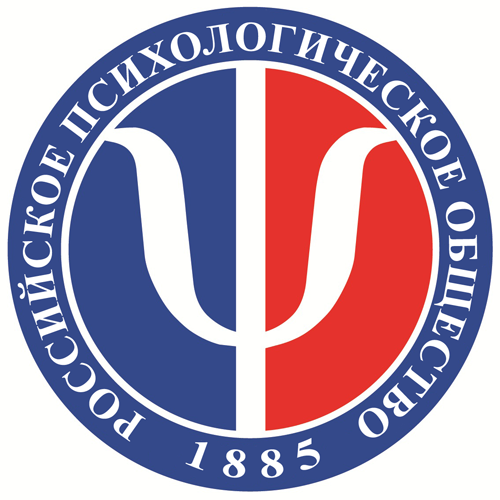ISSN: 2073-2635
eISSN: 2949-270X
eISSN: 2949-270X

Background. The study of the psychological aspects of the introduction of older preschoolers into mathematics is relevant due to the widespread early teaching of elementary mathematical concepts. This practice often not only does not help, but may even harm the further development of the child, since the methods used for this do not take into account the specifics of both the age-psychological characteristics of the preschooler, and the results of psychological research in the field of content, methods and means applied to formation of initial mathematical representations.
Objectives. The aim of the study was to analyze the comparative effectiveness of different types of sign-symbolic mediation in the formation of initial mathematical representations in older preschoolers with different levels of development of regulatory functions.
Study Participants. The study sample included 133 older preschoolers (6–7 years old).
Methods. To assess the level of development of regulatory functions, the NEPSY-II subtests, the “The Dimensional Change Card Sort” technique and L.A.Wenger’s “Schematization” technique were used. To assess the level of development of methodological concepts, a set of tasks was used for each of the three values — length, area, and volume.
Results. Significant differences were found between the increase in mathematical skills of children who studied using both sign and symbolic means as compared to the children fr om the control group. There were no significant differences in this increase between children who were trained with the help of model tools and the control group. In groups wh ere symbolic means or sign means were used, children with different levels of regulation learned with equal efficiency, but the level of regulation turned out to be critical when learning according to the most complex programme — using model tools.
Conclusions. The effectiveness of mastering the initial mathematical concepts in older preschoolers is primarily due to the nature of the learning content, which should ensure the rationality of children’s actions. However, the more complex this content is and the more complex symbolic means are used in teaching, the more requirements are placed on the level of development of children’s regulatory functions.


